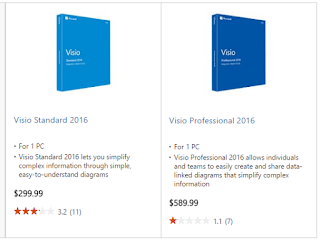Create User and Password
Use the MySQL Workbench to create users and set privileges (permissions).
Select Server > User and Privileges
click on image to view
Important %
Set the 'Limit to Host Matching' for the User Privileges to %
click on image to view
Example MySQL Connection Strings for Parts Frontend
ODBC Driver Link: MySQL :: Download Connector/ODBC
Example MySQL ODBC Driver Version 8.04.00.00
Example Local Named Server (localhost)
DRIVER={MySQL ODBC 8.4 ANSI Driver};SERVER=localhost;OPTION=3;PORT=3306;DATABASE=parts;USER=username;PWD=password;PERSIST SECURITY INFO=True;
Remote or Local Server with Static IP Address
DRIVER={MySQL ODBC 8.4 ANSI Driver};SERVER=127.0.0.1;OPTION=3;PORT=3306;DATABASE=parts;USER=username;PWD=password;PERSIST SECURITY INFO=True;
Amazon Web Services
us-west - example connection string
DRIVER={MySQL ODBC 8.4 ANSI Driver};SERVER=partsdb.xxxxxxxxx.us-west-1.rds.amazonaws.com;OPTION=3;PORT=3306;DATABASE=parts;USER=tgsky_altium_rds;PWD=ZaWw2z3q;PERSIST SECURITY INFO=True;
Required Folder Structure for DBLib:
Store the Altium *.DBLib in the same folder as the Footprints and Symbols folders.
click on image to view
Altium DBLib - Example MySQL Connection Strings
DRIVER={MySQL ODBC 8.4 ANSI Driver};SERVER=localhost;OPTION=3;PORT=3306;DATABASE=parts;USER=username;PWD=password;PERSIST SECURITY INFO=True;
Example connection string using an IP Address
DRIVER={MySQL ODBC 8.4 ANSI Driver};SERVER=127.0.0.1;OPTION=3;PORT=3306;DATABASE=parts;USER=username;PWD=password;PERSIST SECURITY INFO=True;
Important Accent Character `
For MySQL in the Altium DBlib select the Advanced button and enter accent characters for the Left and Right Quote Characters.
The accent character is the ` key above the Tab key on your keyboard.































